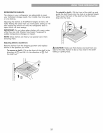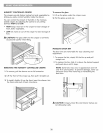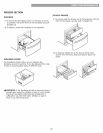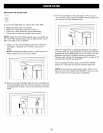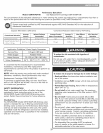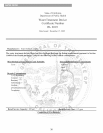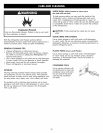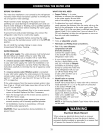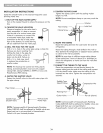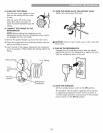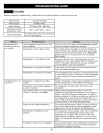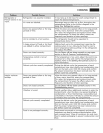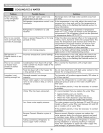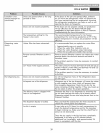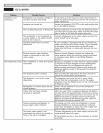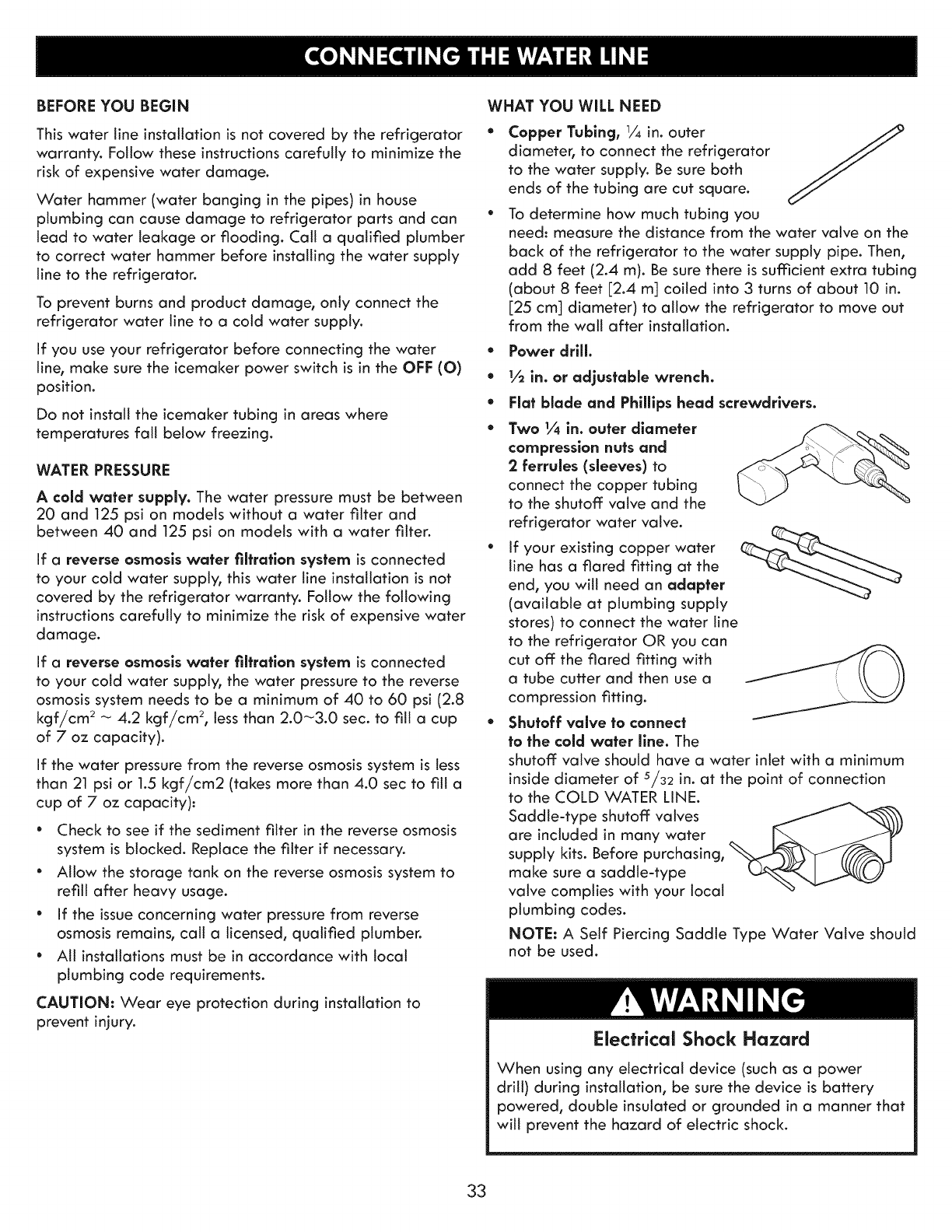
BEFORE YOU BEGIN
This water line installation is not covered by the refrigerator
warranty. Follow these instructions carefully to minimize the
risk of expensive water damage.
Water hammer (water banging in the pipes) in house
plumbing can cause damage to refrigerator parts and can
lead to water leakage or flooding. Call a qualified plumber
to correct water hammer before installing the water supply
line to the refrigerator.
To prevent burns and product damage, only connect the
refrigerator water line to a cold water supply.
If you use your refrigerator before connecting the water
line, make sure the icemaker power switch is in the OFF (O)
position.
Do not install the icemaker tubing in areas where
temperatures fall below freezing.
WATER PRESSURE
A cold water supply. The water pressure must be between
20 and 125 psi on models without a water filter and
between 40 and 125 psi on models with a water filter.
if a reverse osmosis water fiitraflon system is connected
to your cold water supply, this water line installation is not
covered by the refrigerator warranty. Follow the following
instructions carefully to minimize the risk of expensive water
damage.
if a reverse osmosis water filtraflon system is connected
to your cold water supply, the water pressure to the reverse
osmosis system needs to be a minimum of 40 to 60 psi (2.8
kgf/cm 2 _ 4.2 kgf/cm 2, less than 2.0_3.0 sec. to fill a cup
of 7 oz capacity).
If the water pressure from the reverse osmosis system is less
than 21 psi or 1.5 kgf/cm2 (takes more than 4.0 sec to fill a
cup of 7 oz capacity):
• Check to see if the sediment filter in the reverse osmosis
system is blocked. Replace the filter if necessary.
• Allow the storage tank on the reverse osmosis system to
refill after heavy usage.
• If the issue concerning water pressure from reverse
osmosis remains, call a licensed, qualified plumber.
• All installations must be in accordance with local
plumbing code requirements.
CAUTION: Wear eye protection during installation to
prevent injury.
WHAT YOU WILL NEED
* Copper Tubing, 1/4in. outer
diameter, to connect the refrigerator
to the water supply. Be sure both
ends of the tubing are cut square.
" To determine how much tubing you
need: measure the distance from the water valve on the
back of the refrigerator to the water supply pipe. Then,
add 8 feet (2.4 m). Be sure there is sufficient extra tubing
(about 8 feet [2.4 m] coiled into 3 turns of about 10 in.
[25 cm] diameter) to allow the refrigerator to move out
from the wall after installation.
* Power drlll.
o
o
o
1½in. or adjustable wrench.
Flat blade and Philllps head screwdrivers.
Two ¼ in. outer diameter
compression nuts and
2 ferrules (sleeves) to
connect the copper tubing
to the shutoff valve and the
refrigerator water valve.
If your existing copper water
line has a flared fitting at the
end, you will need an adapter
(available at plumbing supply
stores) to connect the water line
to the refrigerator OR you can
cut off the flared fitting with
a tube cutter and then use a
compression fitting.
Shutoff valve to connect
to the cold water llne. The
shutoff valve should have a water inlet with a minimum
inside diameter of s/32 in. at the point of connection
to the COLD WATER LINE.
Saddle-type
shutoff valves _f _-_
are included in many water _,, I_
supply kits. Before purchasing, __,)_-_f_,,_J
make sure a saddle-type _,x'_x_lj_/
valve complies with your local "_ Y
plumbing codes.
NOTE: A Self Piercing Saddle Type Water Valve should
not be used.
Electrical Shock Hazard
When using any electrical device (such as a power
drill) during installation, be sure the device is battery
powered, double insulated or grounded in a manner that
will prevent the hazard of electric shock.
33



